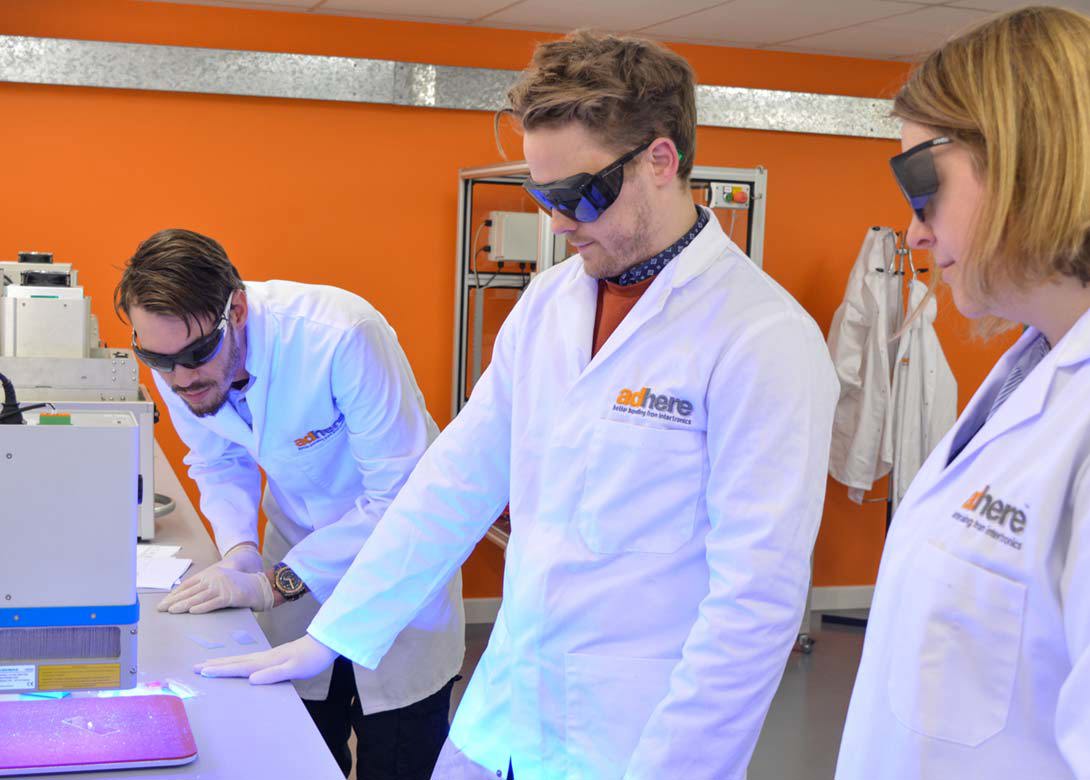
By Peter Swanson, managing director of Intertronics
‘It works in practice, but does it work in theory’ is a phrase commonly used to describe situations in economics. The same can be applied to adhesives applications, where the data sheet may not always give the same insights as practical observations and tests. This article explains why developing an adhesives process requires more than just the data sheet.
Looking past the data sheet
The data for an adhesive or coating mostly comes from laboratory test procedures, which are understood, universal and repeatable. That means this information is great for characterising the material for properties such as hardness, elasticity, how much force will it take before it breaks, or how much it will stretch before breaking. However, in many cases, this data needs interpretation to fit with circumstances. A survey of product datasheets may allow a user to narrow down the candidate list. This selection can then be put forward to practical testing for the application. Testing the production parts provides the user with the assurance that what they have specified will meet their requirements.
While data sheets and specification documents are useful when deciding on what material or equipment to consider for an application, we would rarely recommend the selection of a product based on the data sheet alone, as there may be unconsidered factors.
Unanswered questions
One reason the adhesives process may not work in theory is because data sheets may not answer all the questions.
For example, the data sheet may say that the adhesive bonds to ABS and PC, but not mention the bond strength to PMMA or glass. This may be that the adhesive is not recommended for those substrates, or perhaps alternatively that the adhesion to those substrates have not been tested.
Users may have other questions not answered by the data sheet. Good suppliers will be able to add significant knowledge to the facts on the data sheets by using their experience of successful implementations. They could clarify whether the adhesive does bond to glass, even if it’s not mentioned. Or, whether the UV curing lamp will cure the coating, even though the data sheet mentions another wavelength. They may recommend a different adhesive, which won’t cause a bottleneck in the production.





